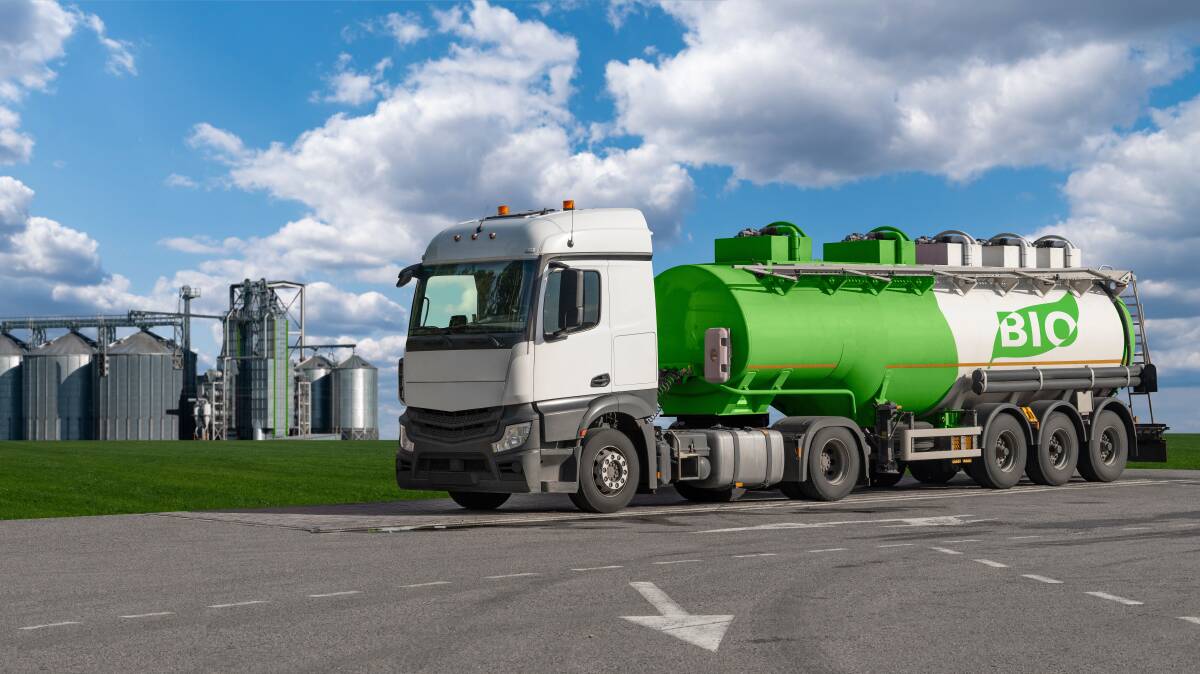
With the Coalition losing the 2022 federal election by a long way, Labor (and the crossbench for that matter) will be making changes that reduce Australia's carbon emissions.
Subscribe now for unlimited access.
$0/
(min cost $0)
or signup to continue reading
Labor went in with a policy of a 43 per cent reduction compared to 2005 levels by 2030.
In terms of the timeframe, that's about seven and a half years from the first sitting of the new parliament after the 2022 election, so when it comes to acting on climate change, action is the right term.
The figure of 43 per cent is the result of Labor working out what actions they believe can be done to reduce carbon emissions for the rest of this decade, and calculating (modelling) what the result of that action would be.
Meanwhile the Teal independents whom the Climate 200 campaign chose to get behind, and the Greens, will occupy the crossbench in the lower house, and they all want more ambitious targets to be pursued. The catchphrase for the Teals was "climate action based on real science," which must surely mean doing and changing things that will actually produce the desired result.
To get the biggest bang for buck, it would make sense for them to target the biggest emitters first, in terms of the industries and in terms of individual organisations.
Obviously that's fossil fuels, but in Australia the biggest are, by far, coal and gas, with oil products a distant third. It takes a lot of energy to power and heat buildings of all kinds, from factories to offices, and from hospitals to homes. Transport, be it for commercial, commuting or recreational needs, is a factor though and so needs to play its part in the solutions too.
Circling back to the Teals for a moment, I would also hope that basing this on science means that the emissions aren't just displaced to another country, although I fear that in the automotive space at least, they very well might be. That's because producing anything, whether it's a solar panel or a new vehicle of any type, takes energy, and so it really matters where that energy for manufacturing came from if the actual goal of cleaning up a global problem is to be achieved.
Think of it like lanes in a pool. Just because you moved across and peed in someone else's lane instead of your own, it doesn't mean there's any less pee in the pool.
As such, any action that increases the percentage of new electrified vehicles sold (as well as far less coal burned to recharge them) is going to help that goal.
However, there are at least two ways that we could get this action wrong.
One would be not accounting for the emissions of manufacturing (and transporting that vehicle here from overseas). Different types of vehicles require different amounts of energy (and resources) to produce, with lithium-ion batteries taking lots of that energy and lots of those resources. And, different manufacturers do a better job than others of sourcing that energy (and those resources) from renewable (or recycled) sources.
The other way we could get this very wrong is increasing total new vehicle sales and scrapping used vehicles sooner than normal.
It can take a few years for a new electric vehicle to overtake a new ICE vehicle in terms of total emissions produced, just due to the mining and manufacturing processes. Therefore, producing somewhere between 8 to 14 tonnes of carbon to produce a new vehicle, compared with the tailpipe emissions of a used vehicle that already exists, means it would take even longer (probably well past 2030) before the new electric vehicle overtook the used one for total carbon emissions from today onwards.
As such, let's not forget that biofuels are also renewables. They have the potential to be carbon neutral (when there isn't any fossil fuel used to produce or transport them, because they pull carbon out of the atmosphere while the crops are growing) and there's a lot of industrial and agricultural diesel engines out there that could use biodiesel exactly as they are. There's no need to replace or even modify the vehicle in many cases.
Some people have been years, even decades, ahead of the curve on this one, such as turning used vegetable cooking oil into diesel just by filtering out the food and separating it from the water (mostly just by letting it settle as the water slowly rises to the top).

